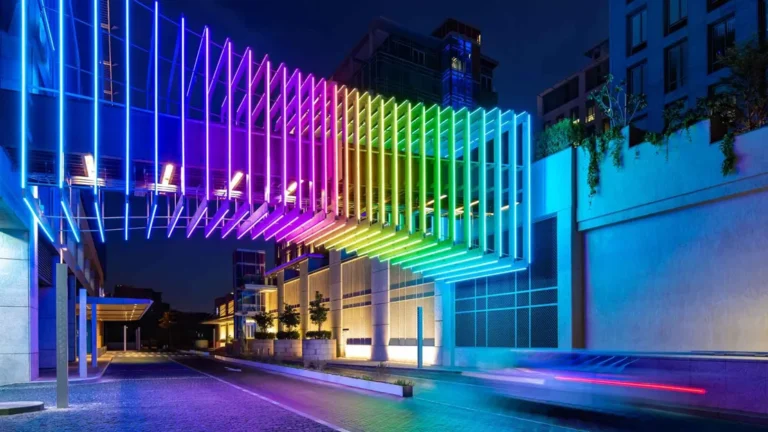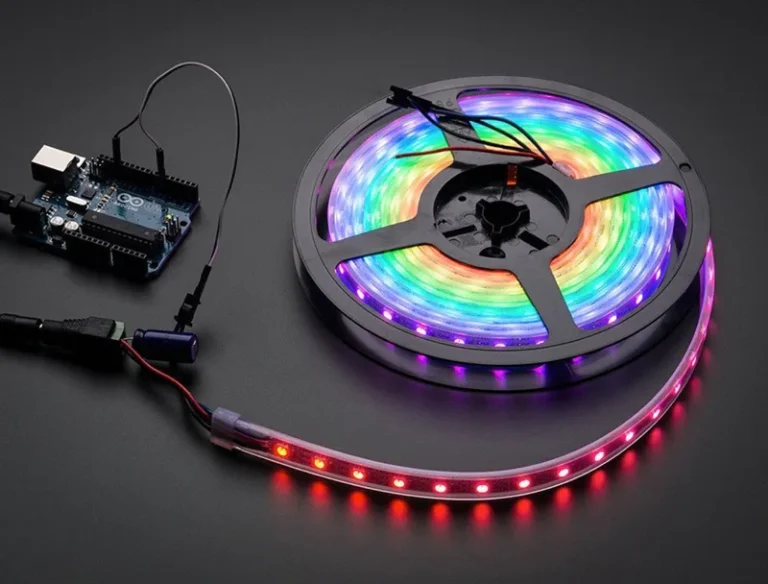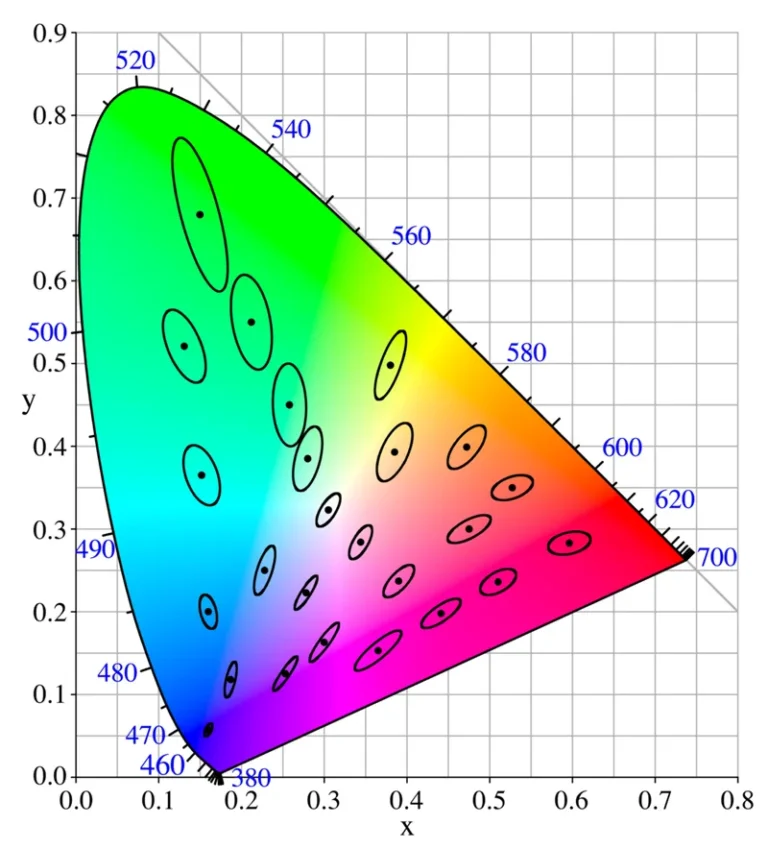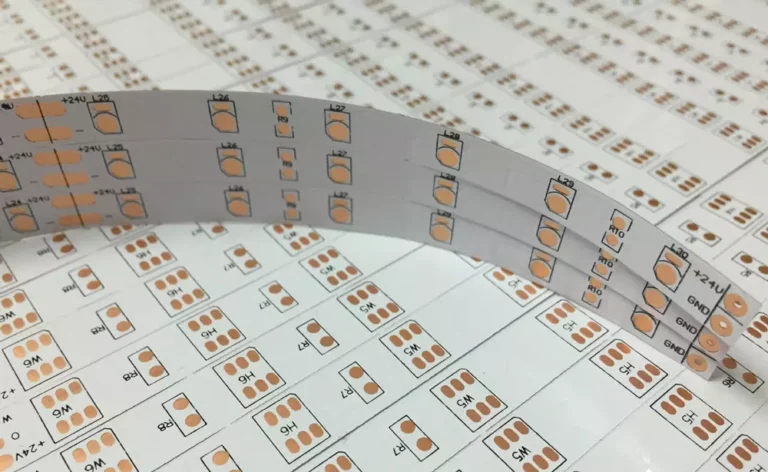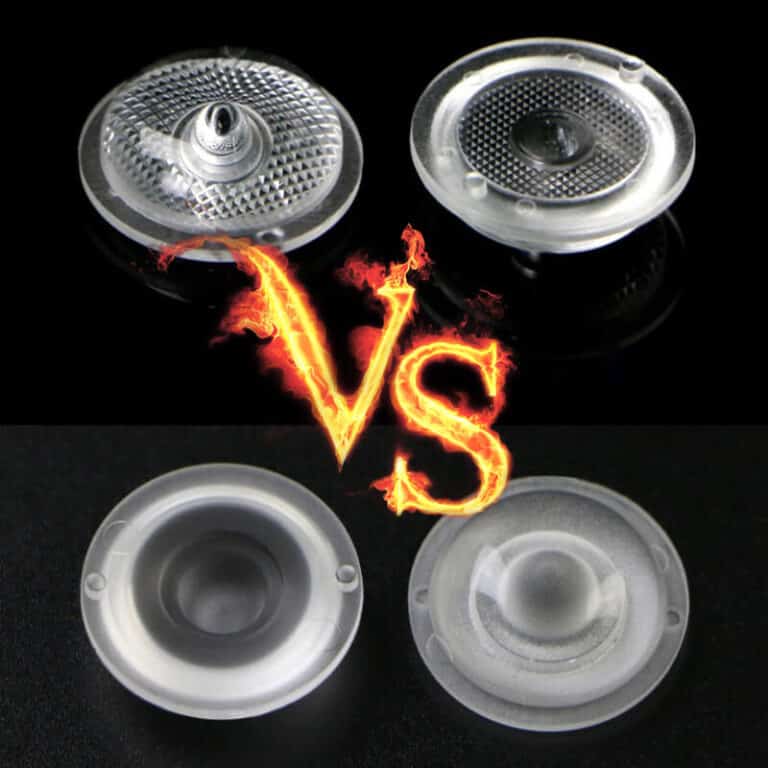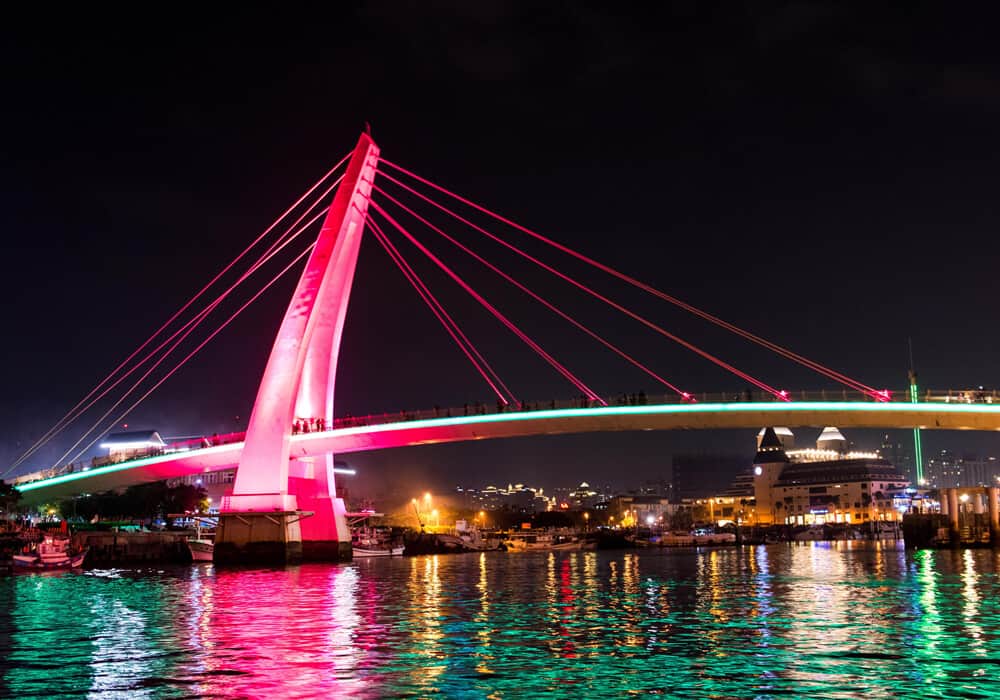
LED neon lights have grown in popularity recently for both commercial and residential illumination. LED neon lights offer vibrant and vivid lighting solutions with less energy usage and environmental effect than traditional neon lights. We’ll discuss the benefits of LED neon lights and why they’re a wise investment for any lighting project in this blog post.
Energy Savings
Energy efficiency is one of the main benefits of LED neon lighting. LED neon lights are an environmentally beneficial lighting option because they use up to 70% less electricity than conventional neon lights. LED neon lights use very little energy, which results in cheaper electricity costs and a smaller carbon imprint.
Longevity and Robustness
Comparatively speaking, LED neon lights are much more robust and long-lasting than conventional neon lights. LED neon lights employ PVC tubing instead of the glass tubes used in conventional neon lights because it is more flexible and damage-resistant. The lifespan of LED neon lights is substantially longer than that of conventional neon lights, lasting up to 50,000 hours.
Easily Maintained
Compared to conventional neon lights, LED neon lights require minimal to no upkeep. Traditional neon lights need routine care, which can be expensive and time-consuming. This maintenance includes gas refills, glass tube replacements, and repairs. Contrarily, LED neon lights have a straightforward design that doesn’t need any upkeep, freeing up time and resources for other purposes.
Bright, even lighting
LED neon lights are a great option for both commercial and residential applications since they produce strong, uniform light. Structured LED neon lights have the potential to generate lighting that is more uniform than standard neon lights. Additionally, LED neon lights are available in a range of colors, enabling customization to produce the intended effect for a specific situation.
Safety
In many ways, LED neon lights are safer than conventional neon lights. Traditional neon lights employ gas-filled tubes that can rupture and release hazardous substances, including mercury. Contrarily, since LED neon lights don’t contain any potentially dangerous substances, they are safer for both the environment and their users. Additionally, LED neon lights produce less heat, which lowers the possibility of fires or burns.
Simple installation
Due to their lightweight and flexible construction, LED neon lights are simple to install. Without harming the illumination, they are readily cut to the required length, and there are many mounting choices, including clips and screws. They are therefore the perfect option for tasks requiring customized illumination.
Cost-effective
Despite having a greater initial cost than conventional neon lights, LED neon lights are more cost-effective in the long term because of their high energy efficiency and lengthy lifespan. LED neon lights can save a lot of money over time because they use less energy and require less maintenance.
For both commercial and residential settings, LED neon lights offer a better, more contemporary option than conventional neon lights. They offer bright, homogeneous light with a range of color options, are long-lasting, minimal maintenance, and environmentally friendly. Furthermore, LED neon lights are secure, simple to install, and long-term economical. Given all these benefits, LED neon lights are unquestionably a wise choice for any lighting installation.
